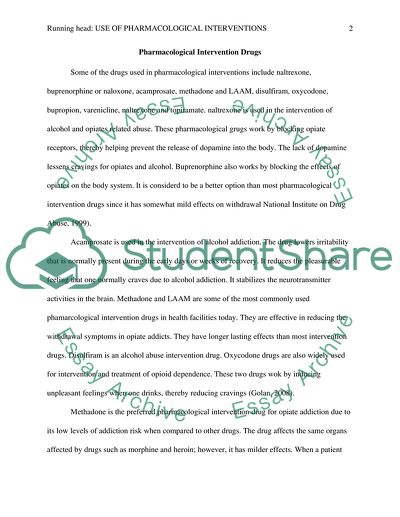Cite this document
(“Use of Pharmacological Interventions in Substance Abuse Treatment Research Paper”, n.d.)
Use of Pharmacological Interventions in Substance Abuse Treatment Research Paper. Retrieved from https://studentshare.org/health-sciences-medicine/1748870-use-of-pharmalogical-interventions-in-substance-abuse-treatment
Use of Pharmacological Interventions in Substance Abuse Treatment Research Paper. Retrieved from https://studentshare.org/health-sciences-medicine/1748870-use-of-pharmalogical-interventions-in-substance-abuse-treatment
(Use of Pharmacological Interventions in Substance Abuse Treatment Research Paper)
Use of Pharmacological Interventions in Substance Abuse Treatment Research Paper. https://studentshare.org/health-sciences-medicine/1748870-use-of-pharmalogical-interventions-in-substance-abuse-treatment.
Use of Pharmacological Interventions in Substance Abuse Treatment Research Paper. https://studentshare.org/health-sciences-medicine/1748870-use-of-pharmalogical-interventions-in-substance-abuse-treatment.
“Use of Pharmacological Interventions in Substance Abuse Treatment Research Paper”, n.d. https://studentshare.org/health-sciences-medicine/1748870-use-of-pharmalogical-interventions-in-substance-abuse-treatment.


